
6 Crisis Trends: A snapshot from the “people people”
We asked professionals focused on talent in Jewish organizations about their people-oriented policies during the COVID-19 pandemic. Here are some of their answers.
Leading Edge recently asked members of our talent community — professionals focused on recruiting, HR, retention, and other people-oriented work, as well as organizational leaders — to fill out a brief survey to share with us how their organizations have been responding to the COVID-19 crisis. Our questions focused on three areas:
- Personnel shifts;
- Changes to HR policies and benefits; and
- Ways organizations are supporting employees' health and well-being.
We received responses from 95 organizations, including Federations, JCCs, educational institutions, national umbrella organizations, and more. The sample represented a broad range of Jewish organizations in North America, but we should emphasize that this was not a random sample. So these results can't be generalized or considered a precise representation of the full field. Nonetheless, these organizations represent a significant number of prominent Jewish organizations, so we feel some of these insights are worth sharing.
Here are our top 6 takeaways:
1. Returning to the workplace: Most of these organizations don't have a clear timetable.
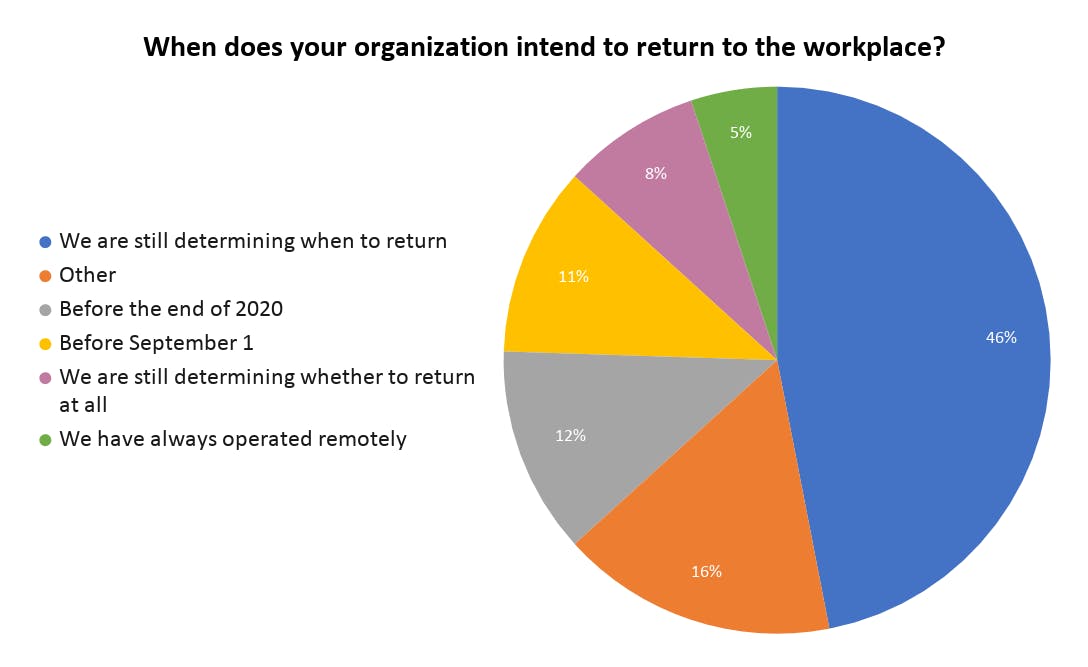
2. PTO and vacation policy: More than half of these organizations have either already made changes to PTO or vacation policies since the pandemic began, are planning such changes, or are considering such changes.
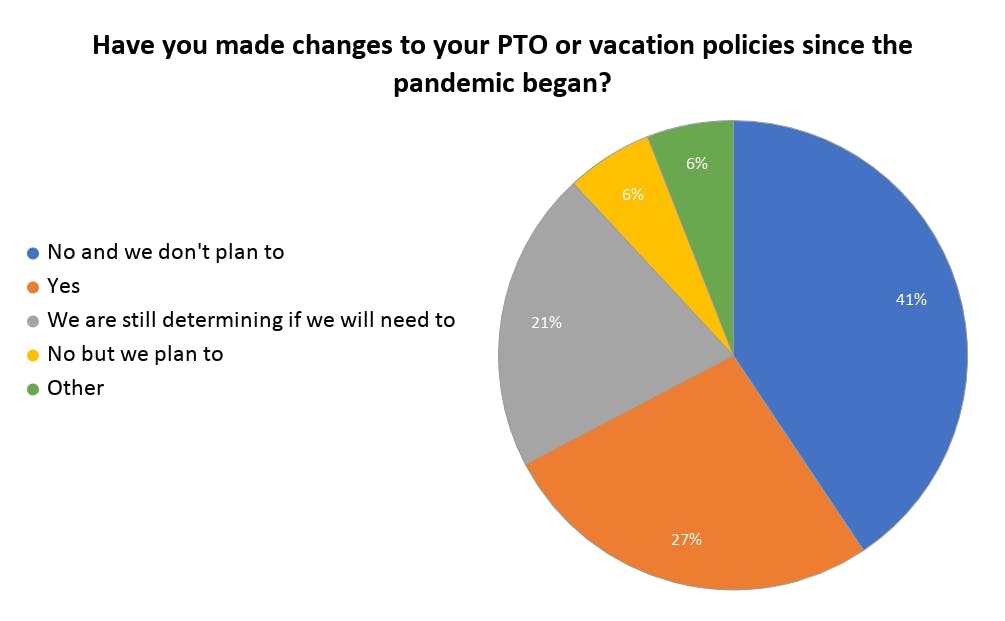
3. Furloughs & layoffs: A majority of these organizations have either laid people off, furloughed people, or are planning/considering layoffs or furloughs.

4. Salary reductions: A majority of these organizations are not reducing salaries, but many have done so or are considering it.
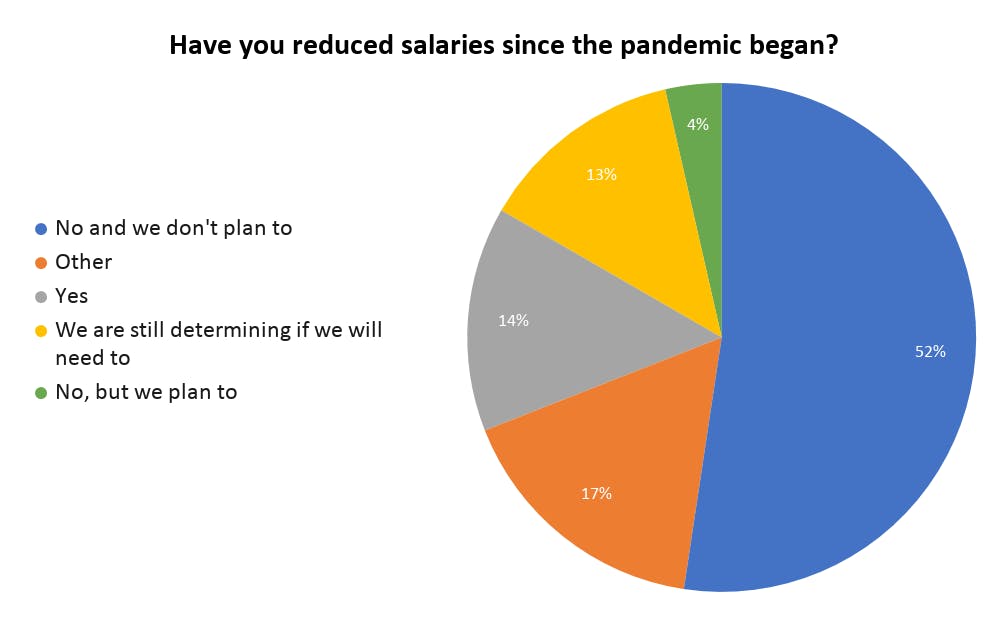
Salary reductions have taken different forms at different organizations — from across-the-board reductions to tiered salary cuts to cuts targeted by department or role.
5. Shifting roles and responsibilities: More than half of these organizations have either shifted employee roles / responsibilities since the pandemic began, or are either planning or considering such shifts.
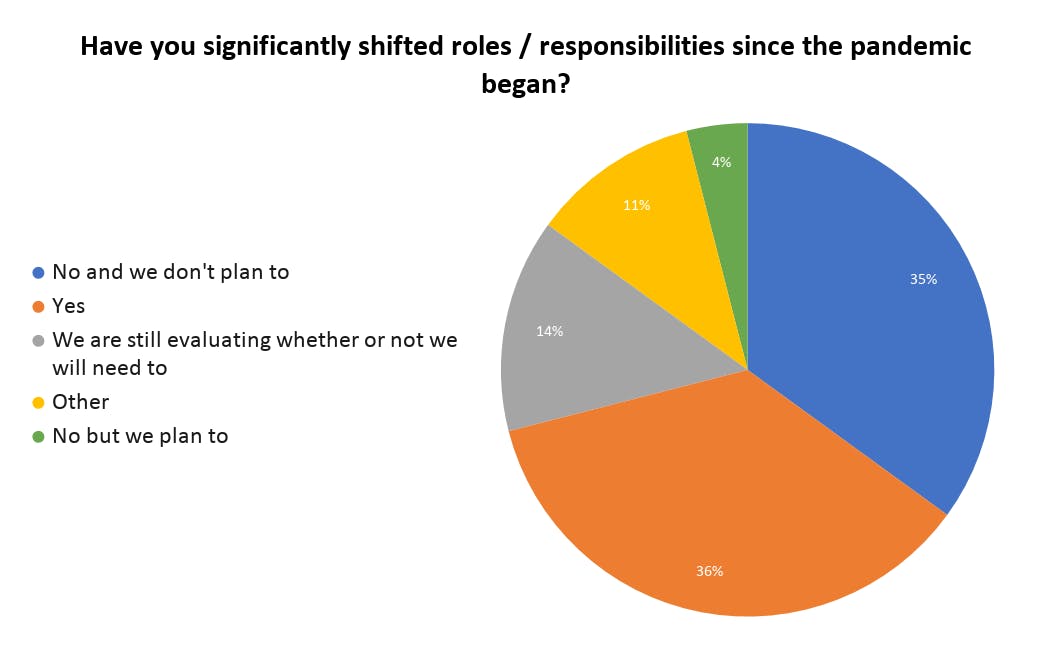
6. Employee support programs: Most of these organizations are providing support, either formally or informally.
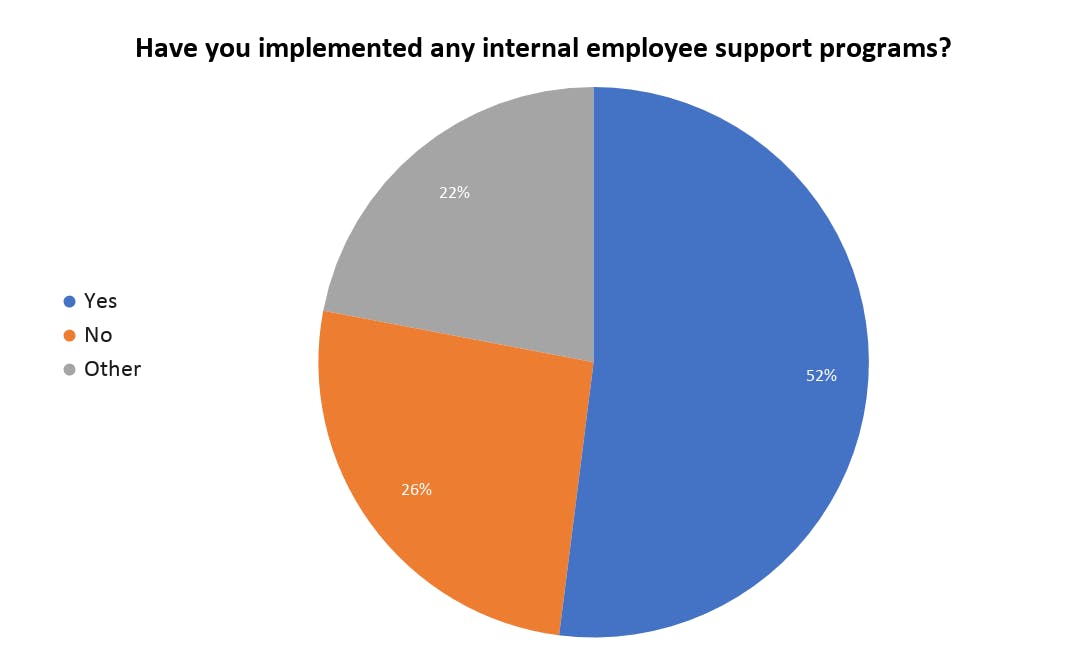
The bottom line
The picture our informal survey paints is one of a field still facing considerable uncertainty around how their staffing and talent strategies will be impacted by the ongoing health crisis. If leaders, lay leaders, funders, and managers knew how long the COVID-19 pandemic would last, these decisions would be easier and the strain on our field would be less severe. Organizations are doing what they can and must to maintain financial viability in this environment — cognizant that the field is only as strong as its people, but operating within painful constraints.
About the Author

David Goott is a former Program Manager at Leading Edge.
More from the Blog
View all posts
Loading footer...